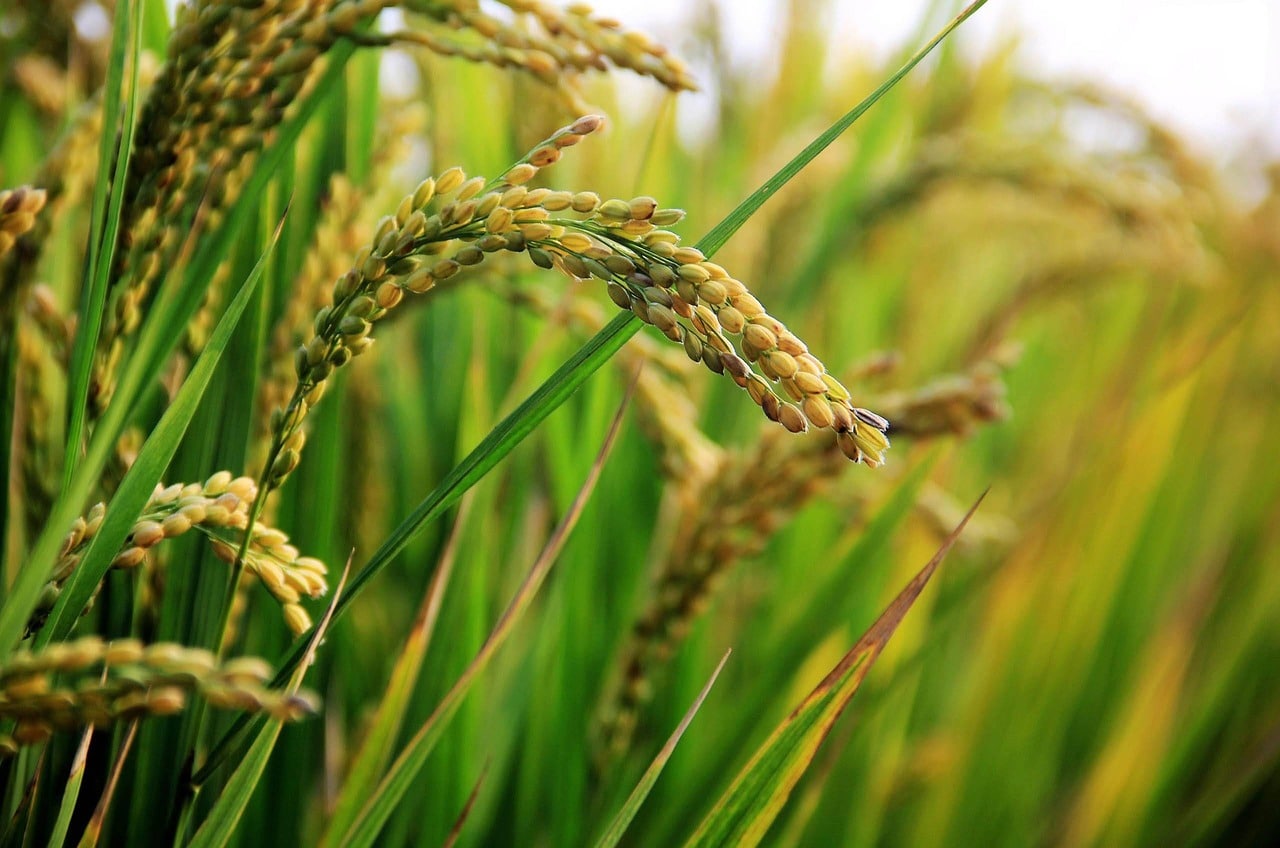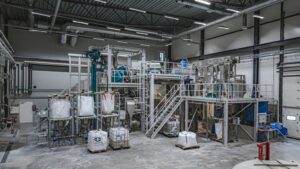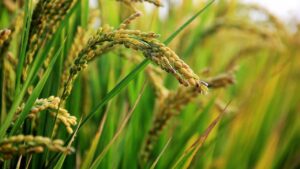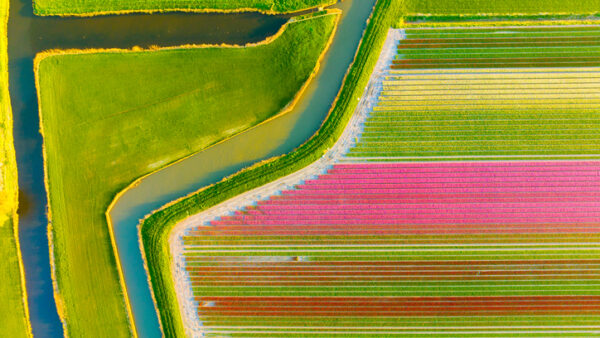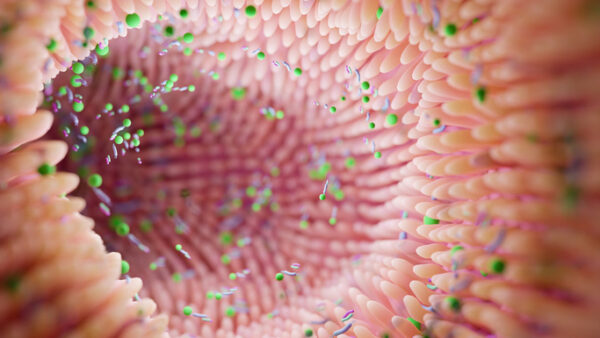Researchers from the National Agriculture and Food Research Organization in Japan might have found a solution for rice producers reoccurring challenge of “chalky grains” through nitrogen fertilizer.
Although Europe is a net importer of rice, the EU produces around two-point-eight million tonnes of paddy rice (Japonica and Indica) per year. The two major rice-growing countries in the EU are Italy and Spain, which account for about 80 percent of the total EU rice production. Other countries where rice is grown are Bulgaria, France, Greece, Hungary, Portugal and Romania.
Hiroshi Nakano, a researcher at the Kyushu Okinawa Agricultural Research Center, National Agriculture and Food Research Organization in Japan (NARO) and partners share their research in a recently published study in the Agronomy Journal.
Chalky grains are a result of rice plant exposure to elevated temperatures. Once exposed, these grains are easily crushed throughout the milling process, resulting in a loss of profits from the damaged grains.
The correct amount of nitrogen fertilizer is key, according to the Japanese researchers. Too much nitrogen, and the rice protein levels will increase. The quality of rice is then at stake because grain thins when cooked. Too little nitrogen, and the rice grain is back at square one: a chalky grain.
Useful tools for farmers to predict chalky grain percentage was one focus of the research.
“Our goal is to facilitate the stable production of rice in a changing climate,” Nakano said.
“It is important to establish an ideal nitrogen application rate using growth diagnosis. In this study, we identified useful factors to regulate white-back grains (one type of chalky grain) and protein content.”
Different growing seasons and weather bring variables. Therefore, nitrogen application must be modified based on growing conditions.
“Our mission is to develop ways to protect rice from global climate change,” Nakano adds. “In Japan, rice production areas account for approximately 36% of all farming land. In recent years, rice plants have been exposed to higher air temperatures during the ripening stage. This can result in white-back grains.”
Two devices were used to test two types of measurements in the study. One device measured the concentration of nitrogen within the leaves of rice plants. The second looked at nitrogen absorption abilities in the plants. Soil and plant analyzer development (SPAD) readings were also utilized.
What Does This Mean for Rice Farmers?
Researchers believe the readings will allow farmers to adjust nitrogen application during rice production in real-time. Finding the correct time during a plant’s development helped regulate grain protein content, according to the study.
“We recommend that farmers conduct the growth diagnosis by using handheld meters,” Nakano said. “These meters are not expensive and getting this information will allow them to harvest rice grains with high quality.”
“Our correlation coefficient and modeling analyses showed that SPAD readings at 4,2 wk before heading and SPAD readings and NDVI at 1 wk before heading could be useful indicators for determining the appropriate N application rate during the reproductive stage to reduce the occurrence of white-back grain and to regulate grain protein content,” Nakano continued.
Higher yields for profit is only one of the purposes of the study. These enhanced yields also present a potential solution for food security.
“This research is broadly important as the global average temperature is predicted to increase due to global warming,” Nakano said. “The occurrence of white-back grains increases when rice plants ripen under high air temperatures. Rice is a staple food of approximately 50% of the global population. Therefore, this issue is important for farmers but also for consumers.”
Farmers with lots of rice fields may still find gathering enough data difficult despite various tools. Researchers are working to fix this issue by developing a system to take measurements using unmanned aerial vehicles.
Read More About Fertilizer and Rice Production:
Launch of Mobile App That Controls the Perfect Amount of Fertilizers and Water
USDA Opens Public Comment Period on Competition in Seed and Fertilizer Market
California Research Says Black Eyed Peas Could Help Eliminate Need for Fertilizer
Filipino Researcher Discovers Gene for Drought Resistance in Rice


